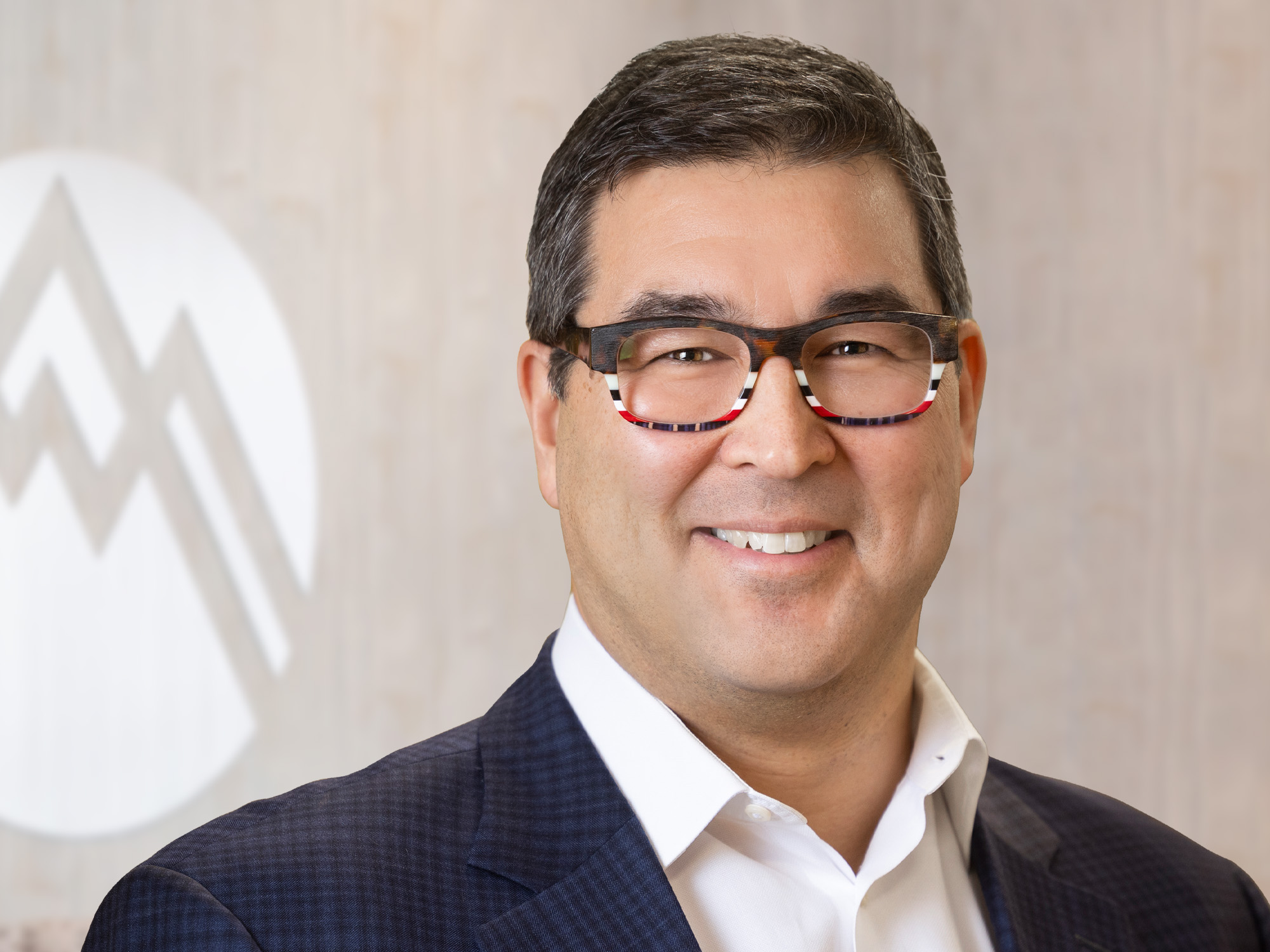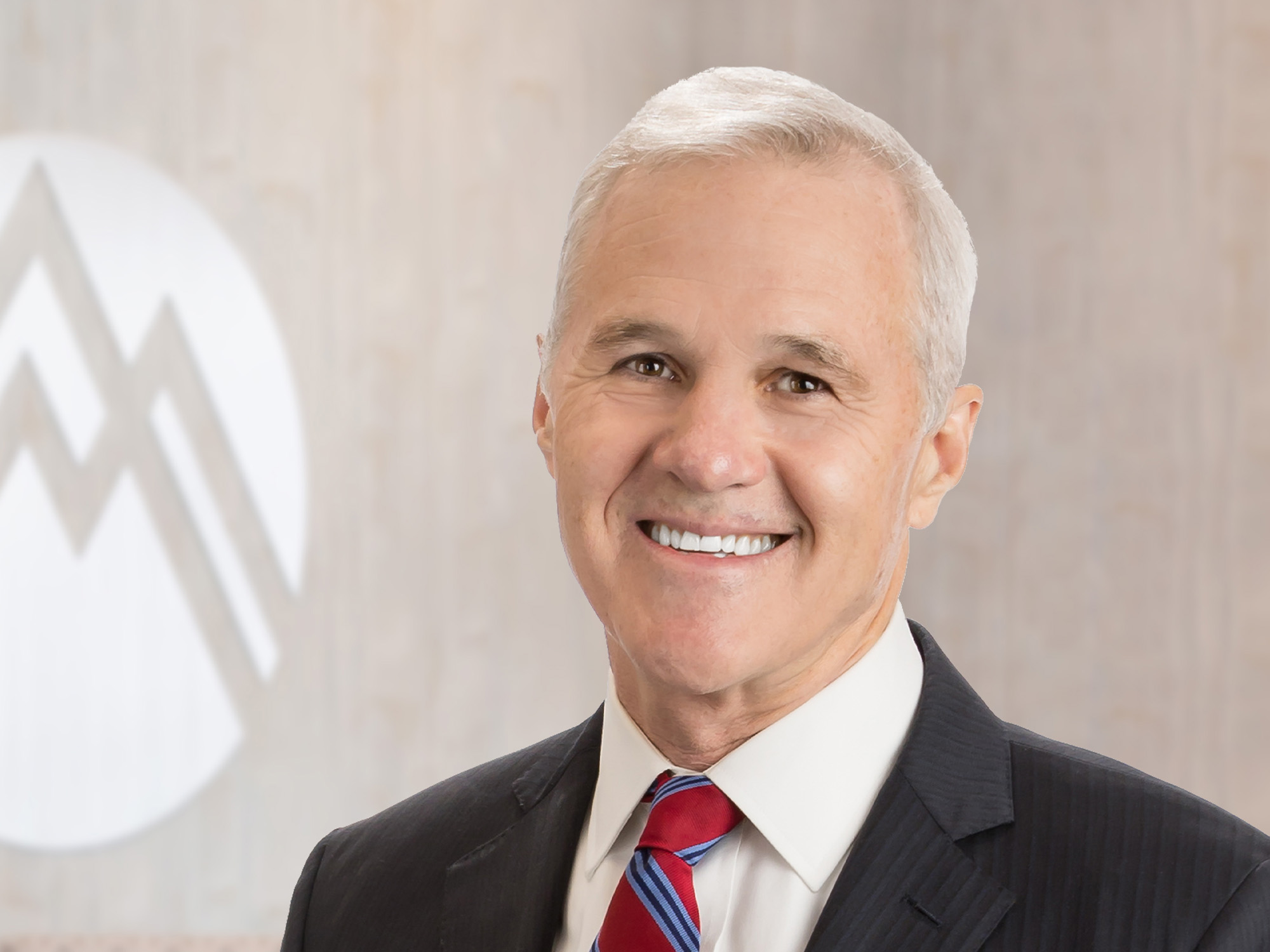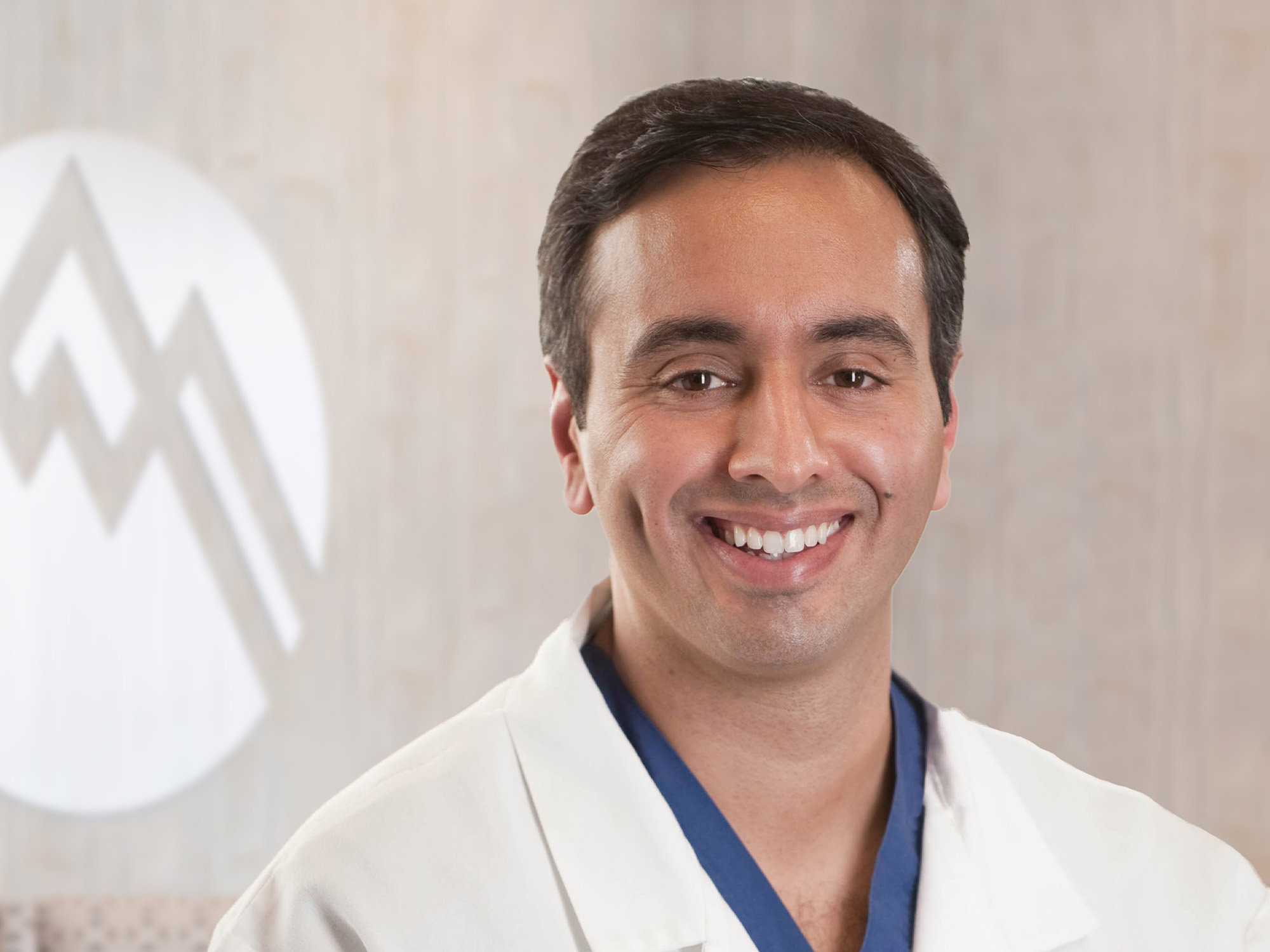Our favorite action hero might snap a dislocated shoulder back into place as he emerges from the fray, but research shows that resetting a shoulder dislocation without medical assistance can cause problems later on.
Hollywood movies are filled with self-sufficient heroes leaping from impossible heights and emerging miraculously from car wrecks with nary a scratch. If they do wrench an arm out of its socket during their adventures—no problem! One yank and they are good as new. We explore shoulder dislocations, anatomy, and treatment options.
Risks of resetting a shoulder dislocation yourself
Although movie hero habits aren’t the best way to handle real life injuries, a number of people opt to try and reset their own dislocated shoulder instead of joining the approximately 175,000 Americans who show up in emergency departments every year with a shoulder dislocation. It may make folks feel tough to take care of these injuries “the old fashioned way,” but data presented in the December 2014 Journal of the American Academy of Orthopaedic Surgeons shows that do-it-yourself shoulder joint adjustments increase both the risk of future dislocations and the possibility that bones and other joint structures and tissues may be damaged.
Shoulder joint anatomy
To understand shoulder dislocations, it’s important to explore the anatomy. Our shoulder joint allows more range of motion than any other joint in the body. The same anatomy that gives this joint such extensive range of motion also makes our shoulder the most unstable. This joint is the most common site for a full or partial dislocation. A shoulder dislocation occurs when the head of the upper arm bone is knocked out of the shoulder socket.
This joint injury is classified as either traumatic or atraumatic:
- Traumatic: Accidents are the most frequent cause this shoulder injury, accounting for about 96 percent of shoulder dislocations. Most occur during contact sports, or when we try to use our hand or arm to break a fall.
- Atraumatic: These injuries occur gradually over time, when the shoulder bone starts to slip out of the socket. Atraumatic dislocations can cause limited shoulder movement in a number of directions.
Best shoulder dislocation treatment options
Medical treatment for a shoulder dislocation is important because it includes radiographic images before and after the shoulder is reset. Imaging enables your physician to check for related fractures and other injuries in the joint. An orthopedic physician is able to evaluate shoulder dislocation injuries with a thorough understanding of anatomy, relocation maneuvers, immobilization techniques, and rehabilitation programs, which increase the probability of a good outcome and reduce the risk of subsequent dislocation or future corrective surgery.
Summit Orthopedics offers comprehensive sports medicine expertise
From Olympians to pro athletes to kids in youth sports and those that just want to be more active—Summit Orthopedics delivers expert care by fellowship-trained sports medicine physicians. If you are recently injured or concerned about ongoing pain, Summit Orthopedics sports medicine specialists have the expertise to evaluate your discomfort and develop a plan to quickly and safely help you get back to being active.
Start your journey to stronger, healthier athletic condition. Find your sports medicine expert, request an appointment online, or call us at (651) 968–5201 to schedule a sports medicine consultation.
Summit has convenient locations across the Minneapolis-St. Paul metro area, serving Minnesota and western Wisconsin. We have state-of-the-art centers for comprehensive orthopedic care in Eagan, MN, Plymouth, MN, Vadnais Heights, MN, and Woodbury, MN, as well as additional community clinics throughout the metro and southern Minnesota.
More resources for you
- Ask Dr. Warner: When Should I See A Doctor For Shoulder Pain?
- Recovering From A Dislocated Shoulder
- Research Compares Non-Surgical Treatments For Shoulder Pain
- Simple Habits for Shoulder Health








